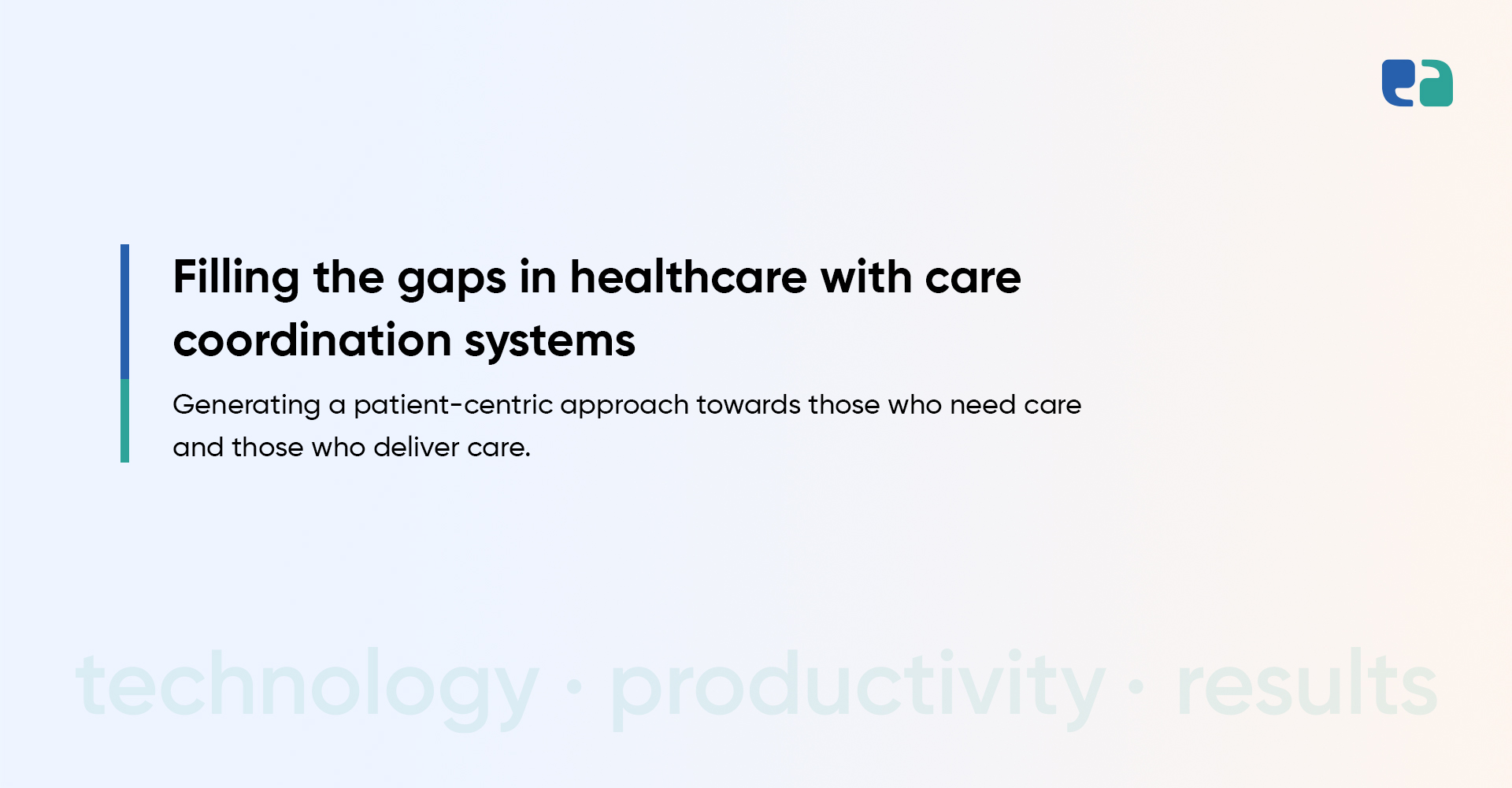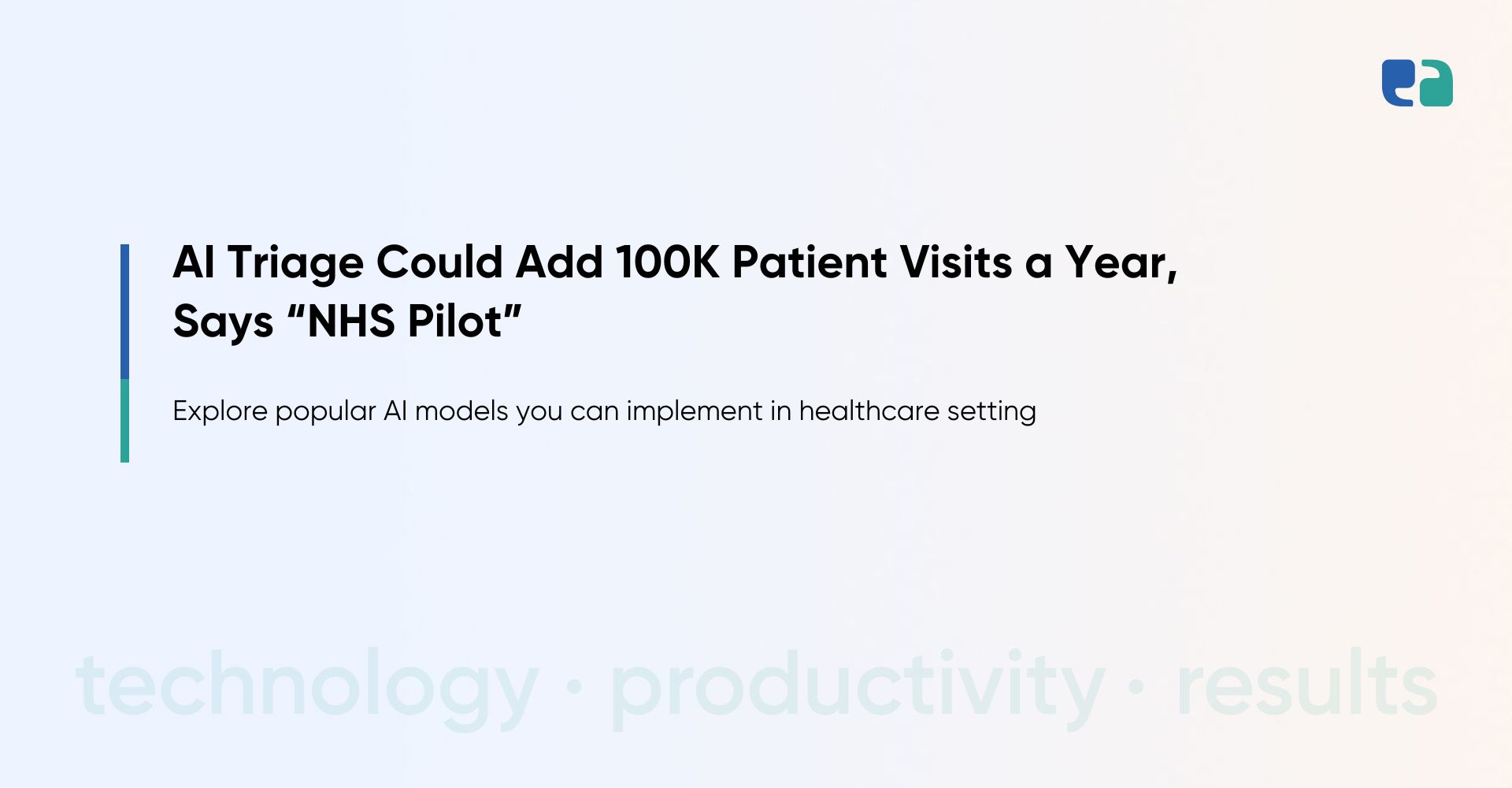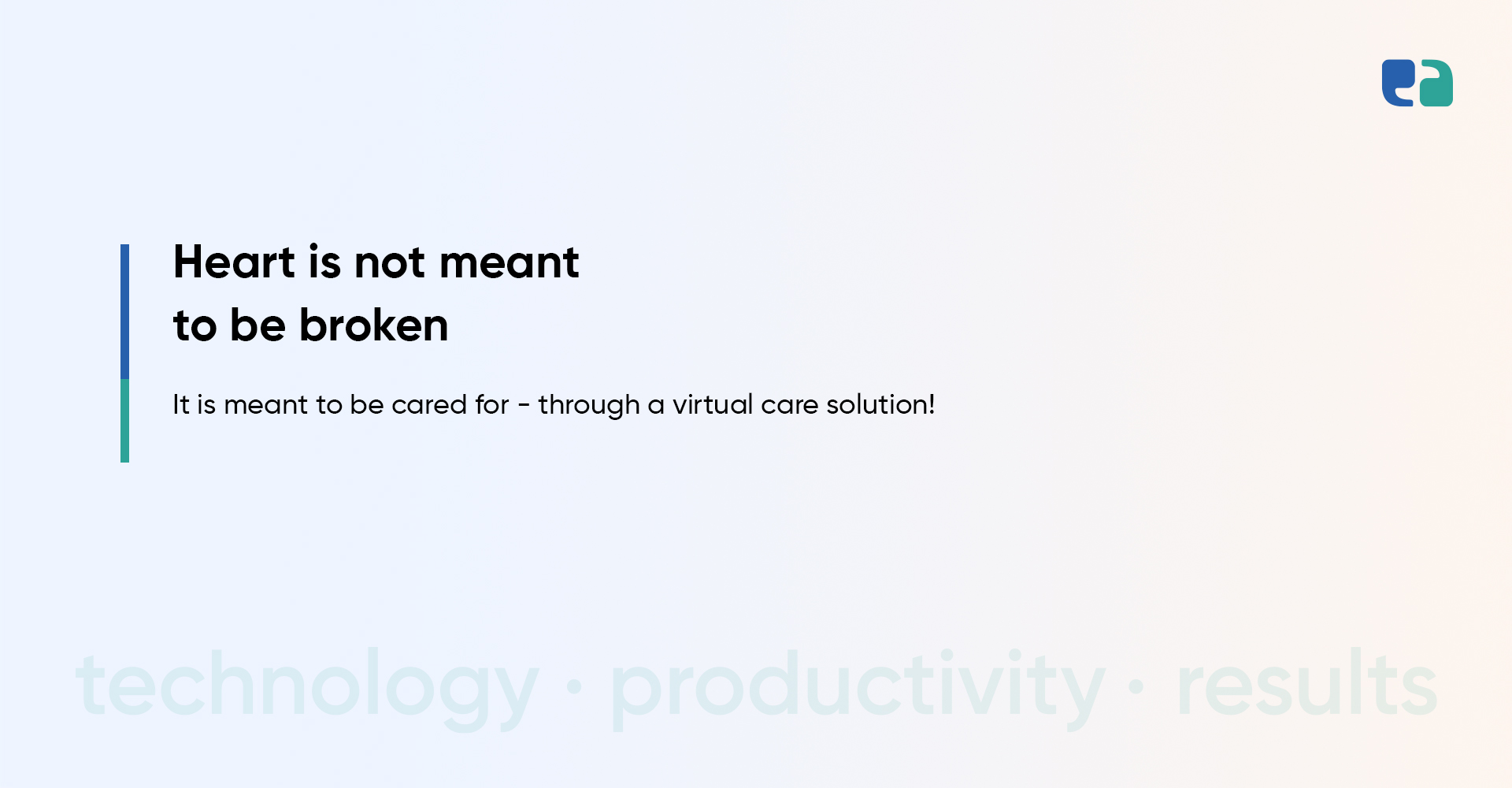Quick Summary– In recent years, the healthcare industry has embraced technology in healthcare with open arms.
To give you an exact idea, the investment in virtual care is on an accelerated path with Rock Health’s digital health funding report for the first half of 2021 totaling $14.8 billion which is at an all-time high.
Thus, today we take you on the voyage of healthcare communication solutions.
Addressing, what is care coordination and the systems it runs for.
How can we help you implement care coordination software in your practice?
Fulfilling and addressing the gaps in healthcare by providing care in coordination with a healthcare communication solution or care coordination system has been a game-changer in managing patients’ care, doctors, and caregivers’ practices.
Pager, a New York-based venture got inspired by the 50’s paging service technology and created a care coordination and navigation platform.
Providing a turnkey digital platform to users, clinicians, and organizations that may enable any combination of automated screening, care team coordination, appointment scheduling, telemedicine assistance, prescription, and chat-based customer service.
With a nearly 800% increase in consumer encounters, Pager recently raised $70 million in Series C funding focusing on increasing the capacity of their care coordination platform development and penetrating new markets in Latin America and the U.S.
With total funding raised of $133 million to date. Walter Jin, chairman, and CEO, of Pager, said “Our latest fundraising round further validates the meaningful value that virtual care provides and how we improve care access and health outcomes while lowering costs.”
What is Care Coordination and How Does It Help Patients and Healthcare Professionals?
A care coordination platform enables clinicians to rapidly and securely communicate patient information to deliver the best care possible.
With a care coordination system, caregivers, such as doctors, nurses, PCPs, and specialists create smart workflows, auto-triggering tasks, and generate patient-tailored plans so that they can focus on the priority issues and pay attention to patient care rather than getting involved in clinical and clerical work.
The ultimate objective of coordinated care for patients is to enhance health outcomes by coordinating information and saving expenses by removing duplicate tests and treatments.
The care coordination platform also enables clinicians to rapidly and securely communicate patient records to deliver the best care possible.
It helps generate a patient-centric approach towards those who need care and those who deliver care.
How to Develop an Effective Care Coordination System? Let our Healthcare IT Experts Guide You
As we worked on this blog, we got inputs from our team of healthcare IT solutions experts and they shared a pathway for building a successful care coordination software.
Features You Can Add to Your Care Coordination Software with Us
With a unified entry point.
We practice successful care coordination management and provide excellent communication among patients and specialists where your end-user can choose and customize his/her care team and professionals.
And when you develop a care coordination system with us. We offer:

How MVP Approach Helps You Build a Premium Platform like Pager at an Affordable Price?
Building a healthcare communication app can be quite financially draining. And one cannot expect to get multi-million dollar funding in the first go.
A custom-made app can cost you thousands of dollars, whereas, using the Minimum Valuable Feature for an MVP app you can prepare the roadmap.
At first, you add a minimum and the most basic features that your app requires and later once the app is validated by testing the app with real users you get plenty of flexibility in the product development process.
And, once you are assured the MVP has done good with the audience. With the real-time data collected the chances of getting funding by persuading investors also increases.
In other words, with MVP before diving into full app development, you’ll have a good sense of whether your app will function or not.
How Can We Help You Implement Care Coordination Solutions in Your Practice?
With our plethora of experience in delivering healthcare communication solutions with care coordination platforms, we strive to provide the best healthcare outcomes by implementing HIPAA compliance on your care coordination system.
With in-house compliance specialists, we make sure to deliver your software with HL7s FHIR standards. We also make sure your care coordination system is accessible to everyone in the country even to those with disabilities; we follow ADA (Americans with Disabilities Act) compliance.
We provide integration and custom development with top EHRs like EPIC, AthenaHealth, Cerner, McKesson, and many more. Not to brag! But we have expertise in using the Redox integration engine as well.
Our 6D’s for plan execution- Discussion, Discovery, Designing, Development, Demo & QA, and Delivery ensure a smooth workflow with a dedicated team allotted to you.
We would like to hear your thoughts on this blog, and if you are looking to build a healthcare communication solution like Pager or something more customized and relevant.
We can do wonders for you! Explore our few case studies.



